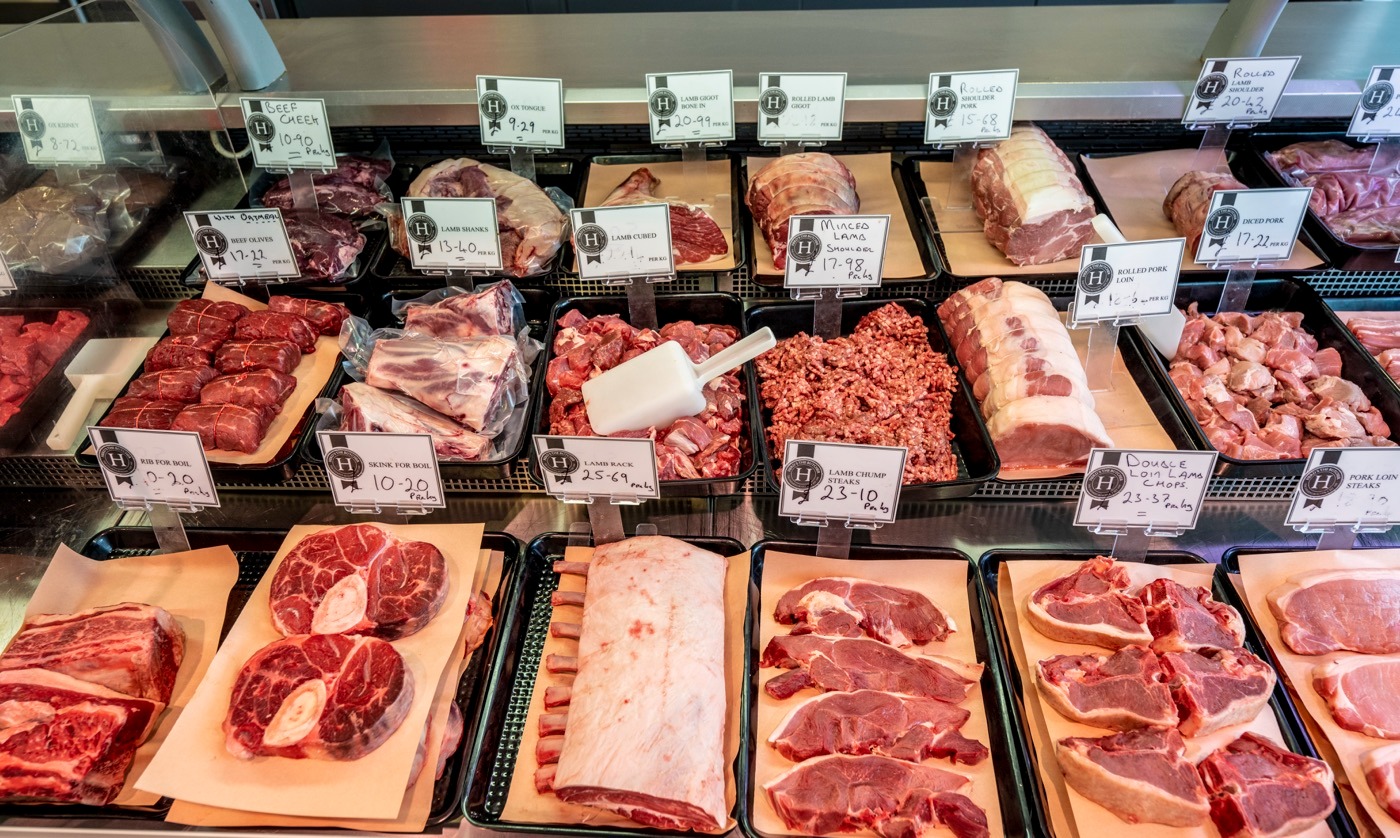Herd butchery is a specialized process in the meat industry that involves the systematic slaughtering and processing of an entire group or herd of animals at once. This method is often employed by large-scale farms, commercial meat processors, or during situations where rapid processing of multiple animals is necessary. The practice ensures efficiency in handling livestock, reduces individual animal stress through coordinated management, and allows for streamlined production to meet high demand.
At its core, herd butchery begins with the careful selection and preparation of the animals destined for slaughter. Farmers or ranchers typically decide when their livestock has reached optimal weight and health conditions suitable for processing. Once ready, all animals within a designated group-such as cattle, pigs, sheep, or goats-are gathered together for transport to a slaughterhouse equipped to handle bulk operations.
The process starts with humane stunning methods designed to minimize pain and distress. Techniques such as captive bolt pistols for cattle or electrical stunning for pigs are commonly used to render animals unconscious before slaughtering. Ensuring ethical treatment throughout this phase is crucial not only from an animal welfare perspective but also because it affects meat quality.
Following stunning, each animal undergoes exsanguination-the draining of blood-which is essential both hygienically herdbutchery.ie and for preserving the integrity of the meat. After bleeding out, carcasses are skinned or dehaired depending on species requirements before being split into halves or quarters according to standard butchering practices.
One key advantage of herd butchery lies in its ability to optimize workflow within facilities equipped with assembly-line style setups. Workers specialize in different tasks such as cutting specific primal sections like loins or shoulders while conveyor systems move carcasses efficiently through various stations. This division of labor increases throughput without compromising precision.
Additionally, herd butchery facilitates better inventory management since all animals processed simultaneously share similar characteristics regarding age and feed history; thus producing more uniform cuts suitable for packaging and distribution channels like supermarkets or wholesale buyers.
However, challenges exist including maintaining strict hygiene standards across large volumes of meat products and ensuring traceability so consumers can verify origins if needed due to food safety concerns.
In summary, herd butchery represents a critical operation within modern meat production that balances efficiency with ethical considerations. By processing entire groups cohesively under controlled environments using humane techniques alongside advanced facility layouts enables producers to meet market demands effectively while upholding quality standards essential for consumer trust.




